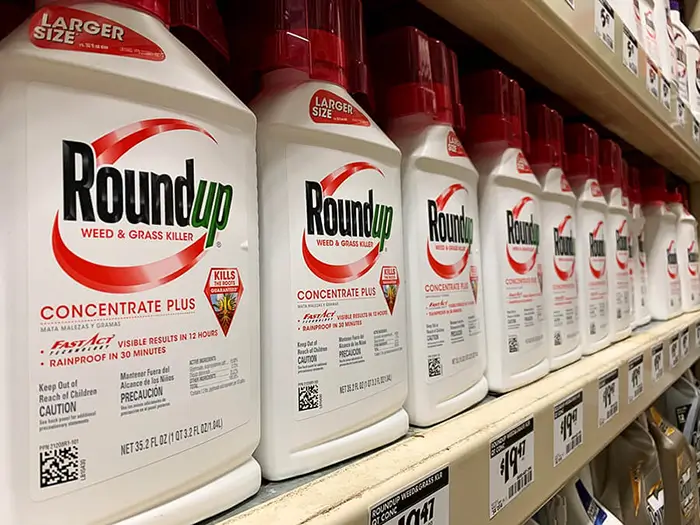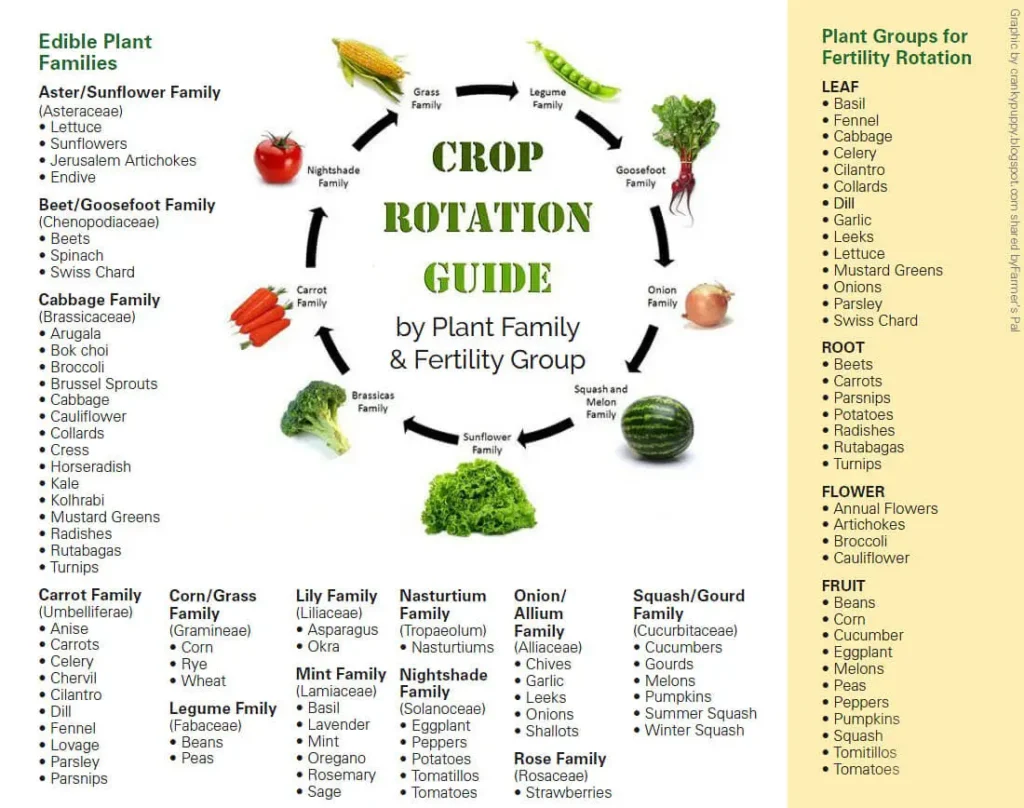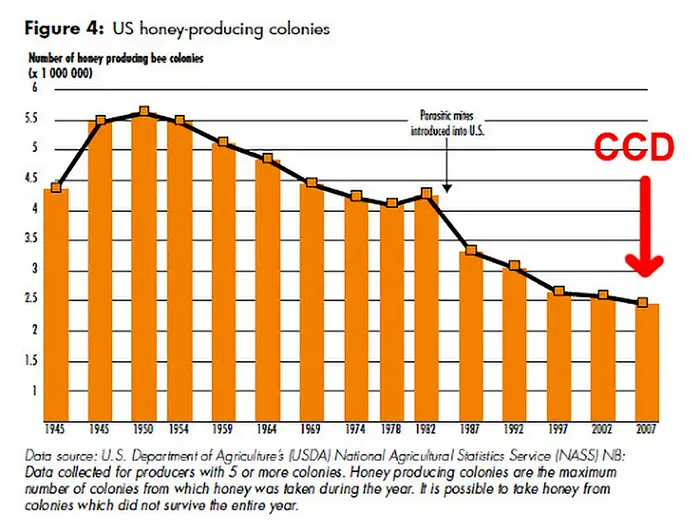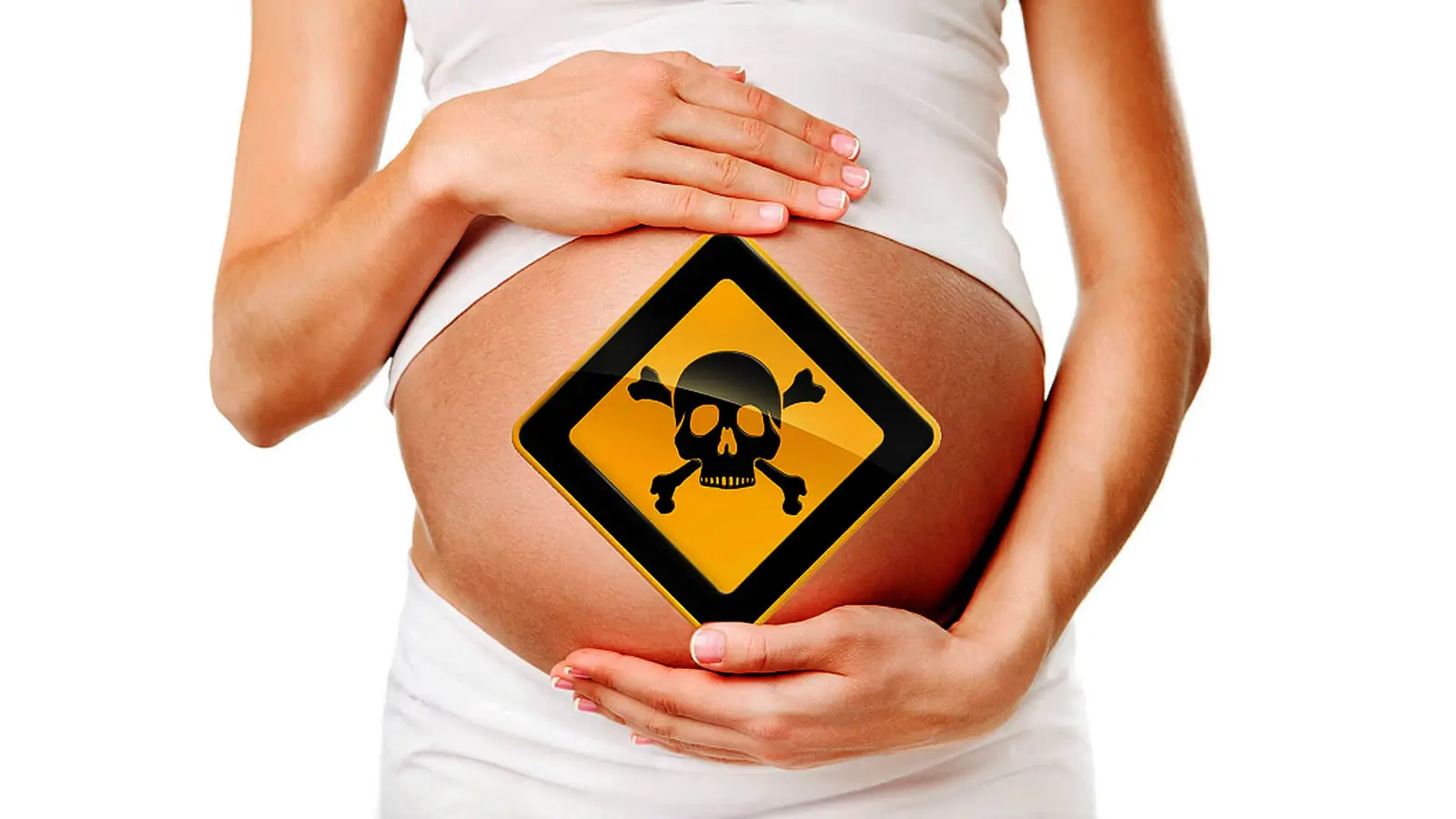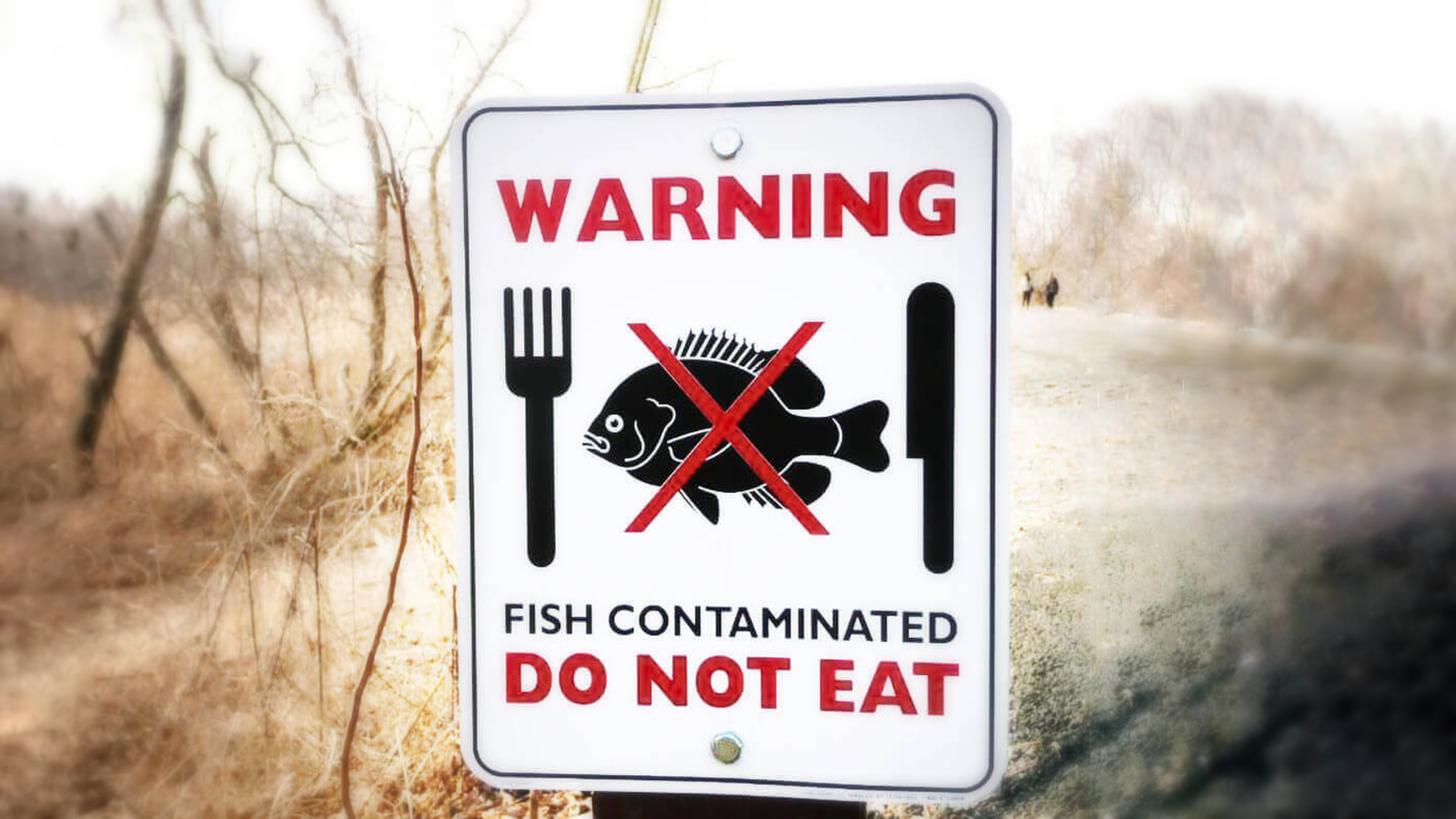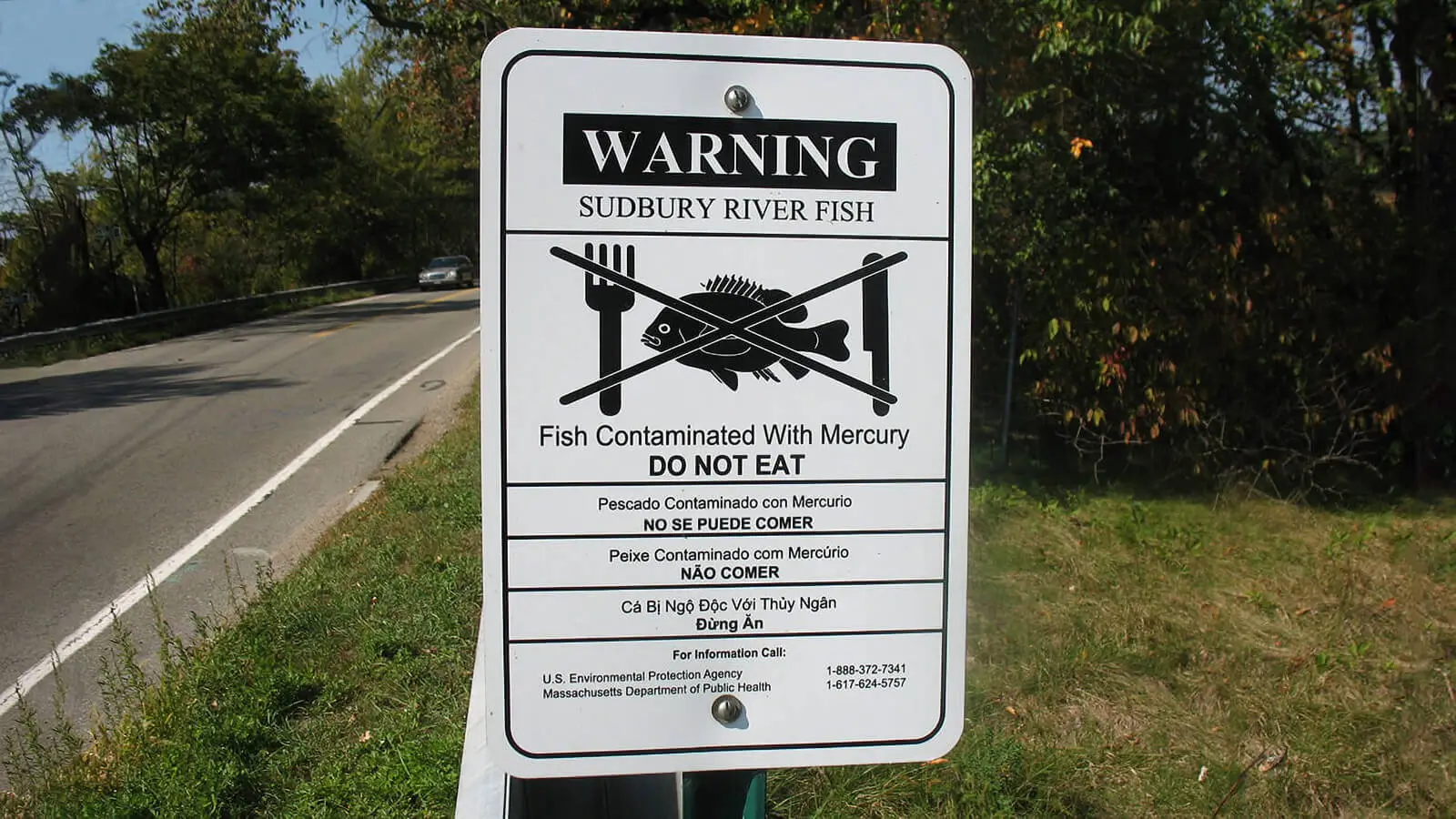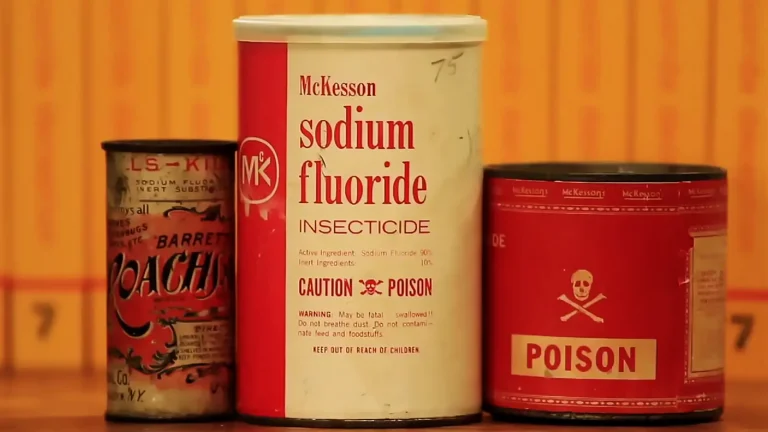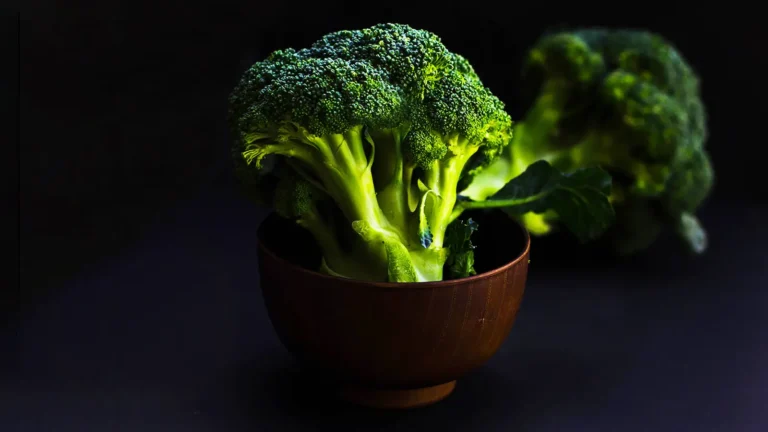Pesticides, GMO’s, and toxic overload.
Exposure to pesticides directly causes cancer, birth defects, sterility and infertility, damage to the brain and nervous system, liver, kidneys, and other organs.
Milos Pokimica
Written By: Milos Pokimica
Medically Reviewed by: Dr. Xiùying Wáng, M.D.
Updated June 9, 2023All pesticides are similar. Some are more toxic some less but all of them are toxic. There is not one single pesticide today that is health-promoting. DDT for example is now a banned substance in many parts of the world, but it was not so once upon a time. The government used to endorse the product, and the chemical industry pushed it aggressively. It remained massively supported for an extended period by the government and industry. A type of miracle substance. The diabolical weapon of modern science kills billions of insects and saves millions of humans. The final solution to malaria and other insect-carrying diseases.
Pesticides are neurotoxins for insects but not for humans. DDT in insects opens sodium ion channels in neurons, causing them to fire spontaneously, which leads to spasms and eventual death. All the bug needs to do is to walk over the treated surface. In the scientist’s mind, it was just a neurotoxin for insects. They could not consider the likelihood that it might do other stuff in the long run. A big chunk of pesticides used today is much worse than DDT.
One more reason DDT was banned is that for 30 years it was overused and insects became resistant to it. It happens in an environment when a poison is introduced.
Some bugs survive and multiply. The genetic characteristics of survivors will be more adapted against the same kind of pesticides. The pesticide used for the first time will have the most significant impact and will do more harm. However, some insects that survive will carry their genes forward. With time, forthcoming generations will be capable of withstanding its effects more and eventually becoming tolerant. Like mosquitos in South Africa. The longer time a chemical is used, the more resistant insects became. It is the same story as antibiotic-resistant strains of bacteria. When this happens, the more effective and more potent, and toxic poisons have to be used by farmers. That will repeat the cycle. New compounds are usually more expensive, so the economic cost will become higher and are also increasingly toxic. That generates a higher level of pollution and thus deteriorates the overall balance of the ecosystem even more. The high rate of reproduction of insects means that in a couple of decades they can become tolerant but what about you?
Pesticides will run off into groundwaters and streams and rivers. That will affect the biology of many species of fish, birds, mammals, and other animals in a food chain eventually ending up in your body as well.
GMO organisms are primarily created because of this so that pesticides like Roundup can be used in high dosages to kill all of these new resistant and nasty insects. We have reached the point where we have to alter genes artificially to keep pace with natural evolution.
One good example is McDonald’s French fries. In every McDonald’s restaurant in the world, the fries are made from the same potato named Russet Burbank.
This is a potato from America that’s unusually long, and it is also very difficult to grow. It has to be very long because we like those red boxes with a little bouquet of very long fries visually. So McDonald insists that all potatoes be Russet Burbank. They also insist that all chips be clear without blemishes. There is one common defect of Russet Burbank called net necrosis. Because we like fries to be clean without brown spots on them, McDonald’s won’t buy potatoes from farmers who had them. The only way to eliminate the blemishes is to eliminate the aphids. The only pesticide that can kill them is called Monitor. It is so toxic that farmers who grow these potatoes have to spray the pesticides and would not go back to the fields for five days after the spraying. They have to wait for pesticides to wash off before they can go back. When they harvest the potatoes, they have to put them in atmosphere-controlled sheds. In some cases, the size of sheds can rival football stadiums. The reason they are put into sheds in the first place is that they are not edible for six weeks. The potato has to off-gas all the chemicals in them.
In organic farming, crop rotation is useful for addressing many problems of the over usage of pesticides. Monoculture excessively depletes the soil of certain nutrients. The rotation has the purpose of rebuilding the soil. One crop that leaches the soil of one kind of nutrient is then in the next growing season replaced by another crop that doesn’t leach that specific nutrient but draws a different ratio of nutrients. In some cases, if done correctly crop rotation can even return that nutrient to the ground. Rotation in time will build biomass and fertility and structure of the soil from various root structures.
When one species is grown continuously, year after year, it will in time build up the number of pests, and by rotation, the buildup of pathogens and pests will be mitigated. However, as the human population has grown, monoculture with synthetic fertilizers is the only economically effective way to produce all of the crops we need. It is also left crops to be vulnerable to extensive attacks by pests. Today we annually use more than 5 billion pounds of pesticides across the Earth. All of those chemicals eventually end up in the soil and ocean. On top of that, these chemicals have altered the genetics of many species creating superbugs. Colorado potato beetle, for example, is resistant to more than 50 insecticides. Other bugs get caught in the crossfire.
For example, since the late 1990s, there is an unexplained and sudden reduction in the number of bees. On a global scale, there are unusually high rates of decline in honeybee colonies.
More than one-third of world crop production depends on bee pollination. The loss of biodiversity can explain it. Due to monocultures that bees cannot use for food and the widespread use of pesticides, some of them can kill them directly or indirectly, the situation is now terrible. Bees dying reflects the dysfunctional balance in nature with a dysfunctional food system and flowerless landscape. In some sections of the world, there are no bees at all. In such places, people are paid to do pollination by hand. In the US, bees have been in decline since World War 2. There were around 4.5 million beehives before the war and now the number is around 2 million hives. Food deserts are large-scale monocultures that do not provide any food to insects including bees. The farms that use to support the life of bees are now food deserts dominated by one or two species like corn or soy with no flowering plants that bees need for survival. For example, the scale of the almond monoculture is such that today 1.5 million hives or almost all of the hives in existence in the US are needed to do successful pollination. Hives are required to be transported across the US to pollinate just this one crop. They are trucked in semi loads, and after bloom almonds are flowerless landscapes with no food for bees, so they are needed to be transported to some other place to do pollination. The problem is that food production that requires bee pollination is rising annually. And then pesticides are necessary because monocultures are a feast for the pest that feeds on them. In pollen that bees collect there are at least six types of insecticides. There is one insecticide that is especially toxic for bees called neonicotinoid.
Pesticides had improved over time and become stronger and more targeted, but still, they are not natural and still pollute soil, water, wildlife, and our health too.
Exposure to these substances directly causes cancer and other tumors, leukemia, lymphoma, birth defects, infertility, other reproductive problems, stillbirth, spontaneous abortion, sterility and infertility, brain and nervous system damage, and damage to the liver, kidneys, lungs, and other body organs.
Without them, food prices will skyrocket, and a big chunk of the human population will die from starvation or mosquito-borne diseases.
References:
Passages selected from a book: Pokimica, Milos. Go Vegan? Review of Science Part 1. Kindle ed., Amazon, 2018.
Related Posts
Do you have any questions about nutrition and health?
I would love to hear from you and answer them in my next post. I appreciate your input and opinion and I look forward to hearing from you soon. I also invite you to follow us on Facebook, Instagram, and Pinterest for more diet, nutrition, and health content. You can leave a comment there and connect with other health enthusiasts, share your tips and experiences, and get support and encouragement from our team and community.
I hope that this post was informative and enjoyable for you and that you are prepared to apply the insights you learned. If you found this post helpful, please share it with your friends and family who might also benefit from it. You never know who might need some guidance and support on their health journey.
– You Might Also Like –

Learn About Nutrition
Milos Pokimica is a doctor of natural medicine, clinical nutritionist, medical health and nutrition writer, and nutritional science advisor. Author of the book series Go Vegan? Review of Science, he also operates the natural health website GoVeganWay.com
Medical Disclaimer
GoVeganWay.com brings you reviews of the latest nutrition and health-related research. The information provided represents the personal opinion of the author and is not intended nor implied to be a substitute for professional medical advice, diagnosis, or treatment. The information provided is for informational purposes only and is not intended to serve as a substitute for the consultation, diagnosis, and/or medical treatment of a qualified physician or healthcare provider.NEVER DISREGARD PROFESSIONAL MEDICAL ADVICE OR DELAY SEEKING MEDICAL TREATMENT BECAUSE OF SOMETHING YOU HAVE READ ON OR ACCESSED THROUGH GoVeganWay.com
NEVER APPLY ANY LIFESTYLE CHANGES OR ANY CHANGES AT ALL AS A CONSEQUENCE OF SOMETHING YOU HAVE READ IN GoVeganWay.com BEFORE CONSULTING LICENCED MEDICAL PRACTITIONER.
In the event of a medical emergency, call a doctor or 911 immediately. GoVeganWay.com does not recommend or endorse any specific groups, organizations, tests, physicians, products, procedures, opinions, or other information that may be mentioned inside.
Editor Picks –
Milos Pokimica is a health and nutrition writer and nutritional science advisor. Author of the book series Go Vegan? Review of Science, he also operates the natural health website GoVeganWay.com
Latest Articles –
Top Health News — ScienceDaily
- Scientists find dark chocolate ingredient that slows agingon December 12, 2025
Scientists have uncovered a surprising link between dark chocolate and slower aging. A natural cocoa compound called theobromine was found in higher levels among people who appeared biologically younger than their real age.
- Nerve injuries can trigger hidden immune changes throughout the entire bodyon December 12, 2025
Researchers discovered that nerve injuries can alter the immune system throughout the body, and males and females react very differently. Male mice showed strong inflammatory responses, while females showed none, yet both transmitted pain-inducing signals through their blood. These findings reveal previously unknown pathways driving pain, especially in females. The work points toward new opportunities for personalized chronic pain therapies.
- NAD+ supplement shows early promise for long COVID fatigue and brain fogon December 12, 2025
Long COVID still affects people worldwide with stubborn symptoms like fatigue and cognitive issues. A clinical trial tested whether boosting NAD+ using nicotinamide riboside could help. Although overall group differences were limited, many participants showed encouraging improvements after taking NR for at least 10 weeks. The findings suggest NAD+ enhancement may offer symptom relief for some individuals.
- Stressed rats keep returning to cannabis and scientists know whyon December 11, 2025
Rats with naturally high stress levels were far more likely to self-administer cannabis when given access. Behavioral testing showed that baseline stress hormones were the strongest predictor of cannabis-seeking behavior. Lower cognitive flexibility and low endocannabinoid levels also contributed to increased use. The results hint at possible early indicators of vulnerability to drug misuse.
- Even moderate drinking carries a bigger cancer risk than you thinkon December 11, 2025
Researchers found that both how often and how much someone drinks significantly shape their cancer risk, even at moderate levels. Vulnerability varies across groups, with genetics, socioeconomic status, obesity, and lifestyle behaviors amplifying harm. The review also uncovered gender differences, beverage-specific risks, and biological pathways that intensify cancer development.
- Scientists uncover a hidden protein behind deadly mystery diseaseson December 11, 2025
Scientists discovered that the protein RPA plays a critical and previously unconfirmed role in stimulating telomerase to maintain long, healthy telomeres. When RPA malfunctions, telomeres can shorten dangerously, leading to serious diseases.
- Gene-edited CAR-T cells erase aggressive T-cell leukemiaon December 11, 2025
A cutting-edge therapy using base-edited immune cells is offering a major breakthrough for patients with one of the toughest forms of blood cancer, T-cell acute lymphoblastic leukaemia. By precisely rewriting tiny sections of DNA, scientists at UCL and Great Ormond Street Hospital created universal CAR T-cells capable of targeting the cancer without harming themselves—a long-standing challenge in T-cell–based therapies. Early trial results show deep, long-lasting remissions, including in […]
PubMed, #vegan-diet –
- Healthful and Unhealthful Plant-Based Diets and Their Association with Cardiometabolic Targets in Women Diagnosed with Breast Cancer: A Cross-Sectional Analysis of a Lifestyle Trialon December 11, 2025
CONCLUSIONS: Maintaining cardiometabolic risk factors within normal ranges is clinically relevant in BCS, and this may be more likely when a plant-based diet is consumed, especially if low in unhealthy plant foods.
- Dietary and Lifestyle Patterns and Their Associations with Cardiovascular and Inflammatory Biomarkers in Vegans, Vegetarians, Pescatarians, and Omnivores: A Cross-Sectional Studyon December 11, 2025
Background: Plant-based diets are associated with reduced cardiometabolic risk, yet the influence of lifestyle behaviors on these benefits remains insufficiently understood. Objective: To assess the combined impact of dietary patterns and lifestyle behaviors on body composition, lipid profiles, and inflammatory biomarkers in healthy young adults. Methods: In this cross-sectional study, 155 participants aged 18-39 years were categorized into four dietary groups: vegans (n = 48), vegetarians (n […]
- Functional and Nutritional Properties of Lion’s Mane Mushrooms in Oat-Based Desserts for Dysphagia and Healthy Ageingon December 11, 2025
Hericium erinaceus (Lion’s Mane mushroom) is a medicinal species recognised for its neuroprotective and antioxidant properties. This study investigated its potential as a functional ingredient in oat milk-based desserts formulated for individuals with dysphagia. Freeze-dried Lion’s Mane powder (LMP), containing high-quality protein (~16%, amino acid score 88%), dietary fibre (~31%), and phenolic compounds (72.15 mg GAE/g), was incorporated at varying levels using gelatin or iota-carrageenan […]
- “A football team with no midfield”: A qualitative analysis of anti-vegan stigma in Italyon December 7, 2025
A growing body of research has demonstrated the prevalence of unfavourable attitudes towards individuals who adhere to a vegan diet and has provided empirical evidence to support the existence of an anti-vegan ideology. The present study aims to contribute to extant knowledge by examining the social perception of veganism and vegans in Italy. Italy is a nation characterised by a traditional culture of food that serves as a significant catalyst for collective identification and national pride….
- Plant-based dietary index on the Mediterranean and a vegan diet: a secondary analysis of a randomized, cross-over trialon December 5, 2025
CONCLUSION: These findings suggest that, replacing animal products even with the “unhealthful” plant-based foods on a vegan diet was associated with weight loss.
Random Posts –
Featured Posts –

Latest from PubMed, #plant-based diet –
- Bioactive Nutritional Components Within the Planetary Health Diet for Preventing Sarcopenic Obesity and Diabetic Sarcopenia: A Systematic Reviewby Lia Elvina on December 11, 2025
CONCLUSIONS: PHD-aligned foods combining plant proteins, polyphenols, and fermented products strengthen nutrient sensing, mitochondrial efficiency, and cellular resilience, representing a sustainable nutritional framework for preventing and managing SO and DS.
- Ultra-Processed Foods Consumption, Mediterranean Diet Adherence and Sociodemographic Correlates in an Italian Adult Population: The UFO Surveyby Emilia Ruggiero on December 11, 2025
Background: Although national surveys report increasing ultra-processed foods (UPFs) consumption, updated estimates for Italy are lacking. Given the central role of the Mediterranean Diet (MD), understanding how UPFs contribute to the contemporary Italian diet is essential. This study quantified UPF intake in a convenience sample of Italian adults and examined its main sociodemographic correlates, including MD adherence. Methods: A web-based cross-sectional survey was conducted among Italian…
- High-Salt Diets, Intestinal Barrier, and Hypertension: A Mechanistic Review and the Promise of Dietary Therapyby Wenhao Si on December 11, 2025
Hypertension is a major public health problem worldwide, and high-salt diets are one of the main causes of hypertension. The intestinal mucosal immune system is the largest immune organ in vertebrates. Hypertension was associated with increased intestinal permeability and an inflammatory state. The bacterial communities attached to the intestinal mucosa played a significant role in the development and maturation of the autoimmune system, as well as inflammation and immunity to disease. In […]
- Health-Promoting Potential of the Mediterranean Diet and Challenges for Its Application in Aging Populationsby Marta Cianciabella on December 11, 2025
The Mediterranean Diet (MD) is a lifestyle that involves not only dietary habits, well known for their effectiveness in preventing health risks by supplying well-balanced foods rich in bioactive compounds, but also daily habits that improve the quality of life. Older adults represent a segment of the population that can particularly benefit from this dietary pattern. However, the specific characteristics and needs of older individuals require a critical analysis of aspects that may limit…
- Association of Mediterranean Diet Scores with Psychological Distress in Pregnancy: The Japan Environment and Children’s Studyby Yuri Takahashi on December 11, 2025
Background/Objectives: Perinatal mental disorders are important health issues that affect both mothers and their children. The Mediterranean diet (MD) is one of the most well-recognized healthy dietary patterns worldwide. Recent evidence suggests that MD may prevent or reduce the risk of perinatal mental disorders. This study investigated the association between MD adherence during pregnancy and psychological distress in a large cohort of Japanese births. Methods: Data were obtained from […]
- Protective Role of Ginsenoside F1-Enriched Extract (SGB121) in Metabolic Dysfunction-Associated Fatty Liver Disease (MAFLD)by Bo Yoon Chang on December 11, 2025
Introduction/Objectives: Ginsenoside F1, a pharmacologically active saponin derived from Panax ginseng, exhibits diverse bioactivities, but its use is limited because it is difficult to purify and has high production costs. To overcome these challenges, a ginsenoside F1-enriched extract named SGB121 was developed. This study aimed to evaluate the therapeutic efficacy of SGB121 in a high-fat, high-carbohydrate (HFHC) diet-induced metabolic dysfunction-associated fatty liver disease (MAFLD) […]


